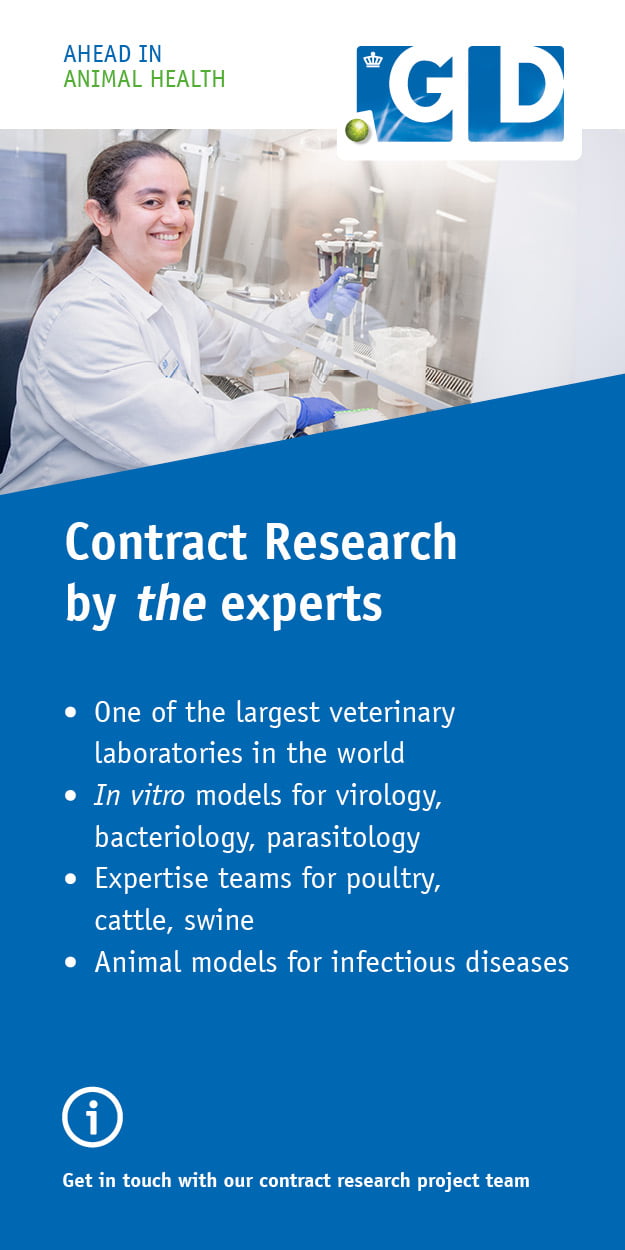As the agricultural industry navigates the complexities of the ever-changing climate, the impact on crop quality and mycotoxin presence remains a subject of close examination. This was one of the most debated topics at the recent World Mycotoxin Forum in Belgium, and a comparison of the growing seasons of 2022 and 2023 in the U.S. and Europe reveals how these changing climate dynamics are creating varying challenges for the feed and livestock industries.
To better understand climate dynamics across different regions, Alltech relies on innovative tools and services like CropProphet, a weather-driven grain yield forecasting system designed to help global agriculture industry participants with an interest in grain quality and yield.
The Alltech Harvest Analysis: Unveiling the Most up to Date Insights
The Alltech Harvest Analysis, a decade-long initiative, is a comprehensive step in understanding the complexities of new crop quality and mycotoxin prevalence. The program captures trends and enables robust data comparisons across years and regions. This analysis plays a pivotal role in empowering feed and livestock producers with the knowledge they need to make informed decisions. With collaborators like SGS, the program boasts a diverse pool of internal and external data sources, ensuring a representative snapshot of the global grain trade. This connection extends benefits to feed and livestock producers in regions like Asia, where the quality of imported grains significantly influences overall production.
Contrasting Conditions in Europe: A Closer Look
n Europe, the stark contrast between the 2022 and 2023 growing seasons has been particularly evident. Last year’s growing season was dominated by widespread drought across the continent. In 2023, however, there has been a distinct split between north and south. In northern Europe, a long dry spell in May and June was followed by a summer of wet and damp conditions. This delayed harvest on many farms and led to the ideal conditions for Fusarium molds to flourish. South of the Alps, dry weather continued to prevail, but we’ve not seen the same drought impact as in recent years. With many new crop wheat and barley samples already tested at our Alltech 37+® lab, we can see a distinct pattern emerging. The damp conditions have led to a higher than normal mycotoxin risk in small grains. Many of these samples would have originated in Germany, Denmark and Ireland. Figure 1 details the risk overview. Although emerging mycotoxins remain the most prevalent mycotoxin group, the type B trichothecenes, such as deoxynivalenol, will present the most risk to animals. The maximum level of type B trichothecene, measuring 14,074 ppb, was detected in a barley sample.
As the corn harvest is later than small-grain harvests, at the time of writing we do not yet have a complete picture of risk profiles in this ingredient. However, encouragingly, in what has been tested to date, the quality does seem much better compared to 2022, with much less aflatoxin risk. This will be a relief to feed and livestock producers who have had to navigate significant aflatoxin levels in European corn over the past few years.












